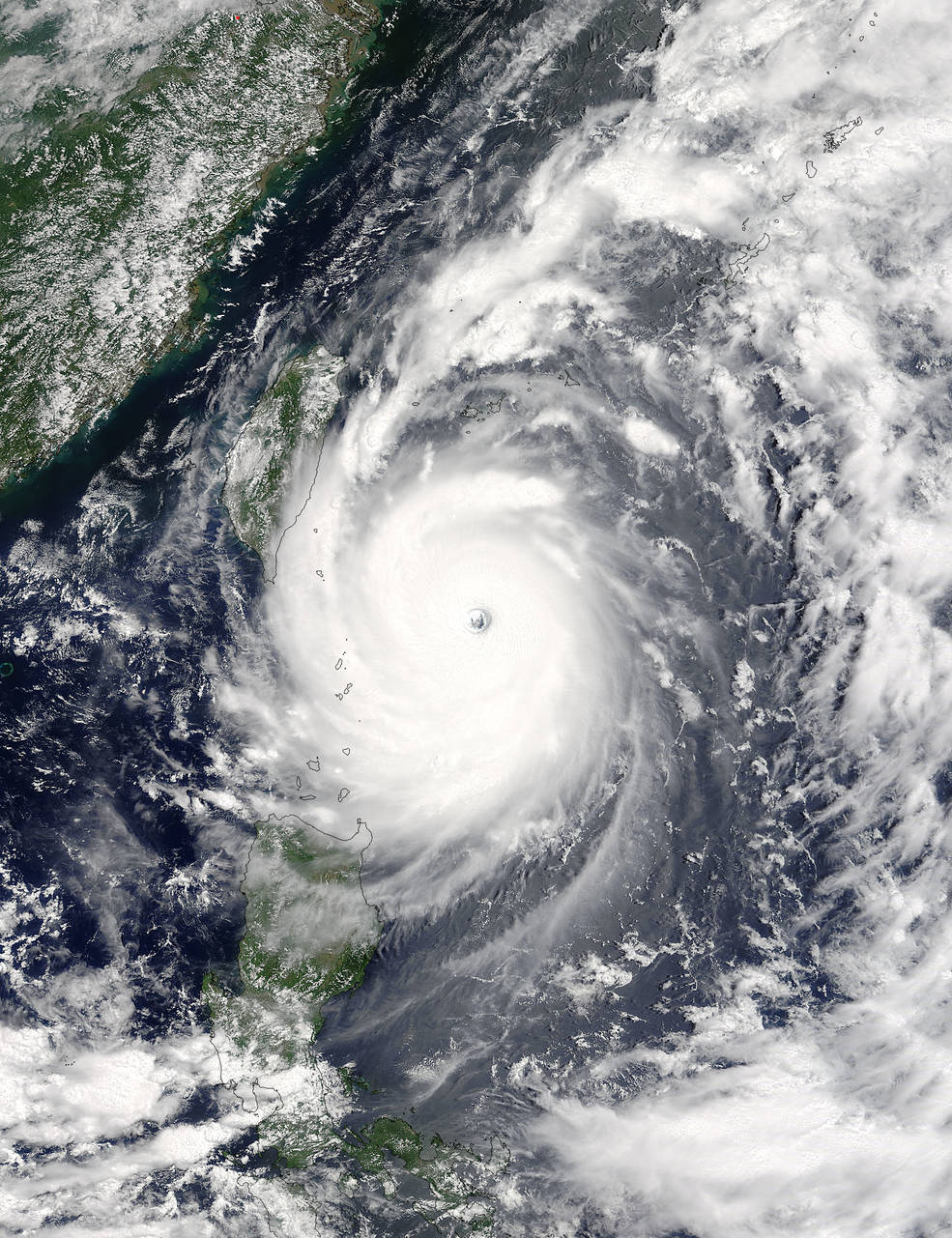Published on: November 12, 2021

CYCLONE LANDFALL
CYCLONE LANDFALL

WHAT IS LANDFALL
- Landfall is the event of a storm or waterspout moving over land after being over water.
- A tropical cyclone is classified as making landfall when the center of the storm moves across the coast; in strong tropical cyclones this is when the eye moves over land.
- In simple words, is the storm moving over the land after its intensification in the ocean (heat source). Therefore, a cyclone is said to make landfall when the centre of the storm (eye) moves across the coast.
- As per the US National Hurricane Centre definition, it is ‘the intersection of the surface centre of a tropical cyclone with a coastline.’
CYCLONES
Cyclones are elliptical arrangement of isobars having low pressure at the centre with a convergence of winds within them. The wind direction in the cyclones is anti-clockwise in the northern hemisphere and clockwise in the southern hemisphere.
TROPICAL CYCLONE
CHARACTERS
- Formed along the zone of confluence of north-east and south-east trade winds. This zone is known as the Inter Tropical Convergence Zone (ITCZ).
- Generally occur in Mexico, South-Western and North-Pacific Ocean, North Indian Ocean and South Pacific Ocean.
- No clear warm and cold fronts
- Do not have well-defined pattern of winds and are energised by convectional currents within them.
- Shallow depressions and the velocity of winds is weak.
- Not accompanied by anticyclones.
- Arrangement of isobars is almost circular.
- Not extensive and have the diametres of 160-640km.
- Few of them become very violent and cause destruction in the regions of their influence.
- Called hurricanes in the Carribean Sea, typhoons in the China, Japan and phillipines, cyclones in the Indian Ocean and willy-willies in Northern Australia
CONDITIONS FAVOURABLE FOR FORMATION
- Large sea surface with temperature higher than 27°C.
- Presence of the Coriolis force enough to create a cyclonic vortex.
- Small variations in the vertical wind speed.
- A pre-existing weak low-pressure area or low-level-cyclonic circulation.
- Upper divergence above the sea level system.
FORMATION
- Cyclogenesis is a word for a number of various processes that culminate in a cyclone.
- Warm, wet air at the ocean’s surface rises higher. This results in a low-pressure zone close to the surface.
- This causes colder air from the nearby areas to flow into the low area. Even this chilly air is now warm and wet, and it rises.
- The cycle described above continues.
- The moisture in the air cools as warm wet air rises, resulting in the development of clouds.
- This entire cloud and wind system rotates and expands.
- This cycle repeats itself, culminating in a cyclone..
WHAT HAPPENS DURING LANDFALL EVENT
The landfall usually brings with it high-speed winds, severe storm surge and torrential downpour, all of which can have a severe impact on the region. The storm usually weakens rapidly after landfall as the ocean heat and moisture that fuels the storm is no longer available.

